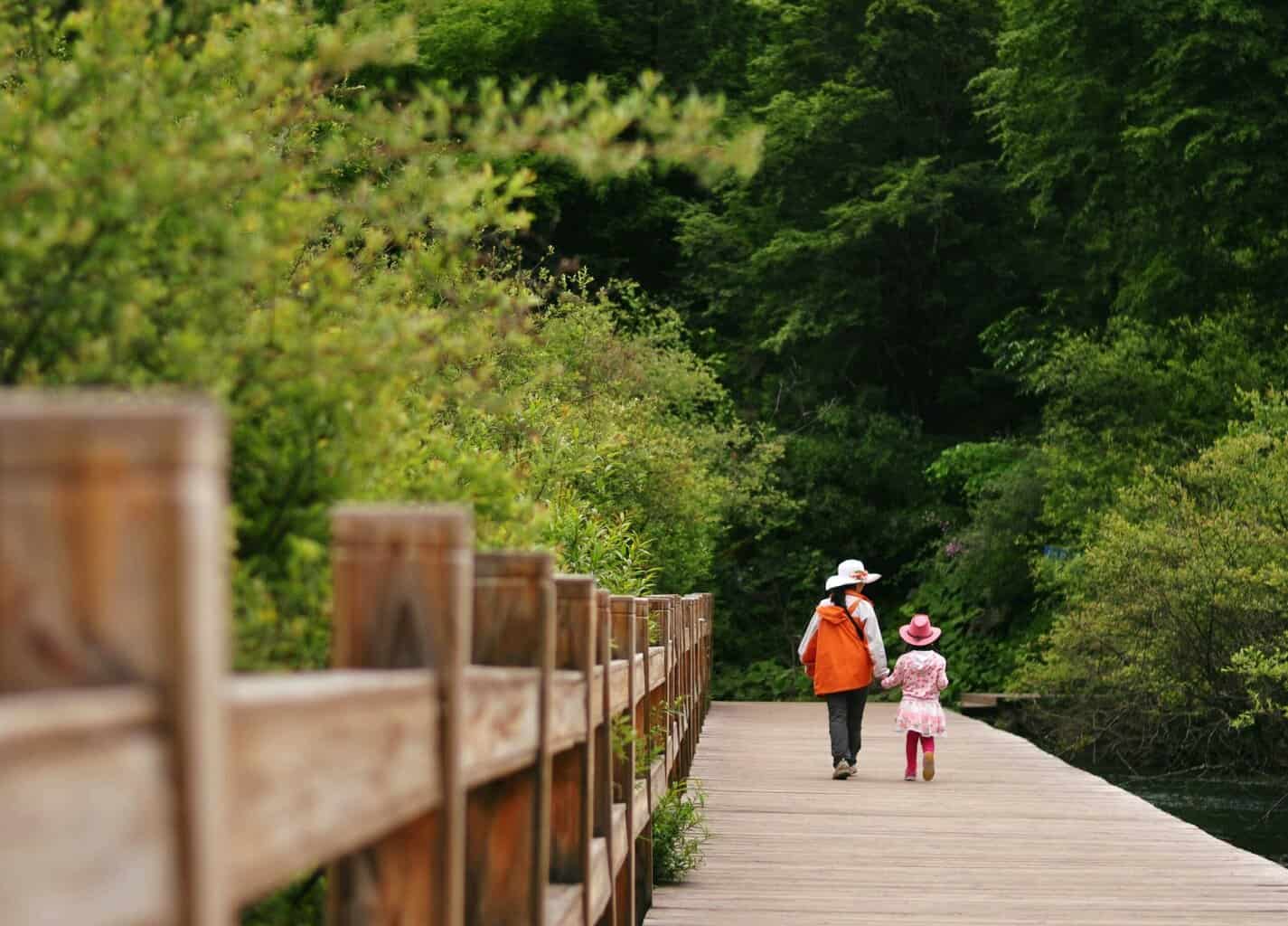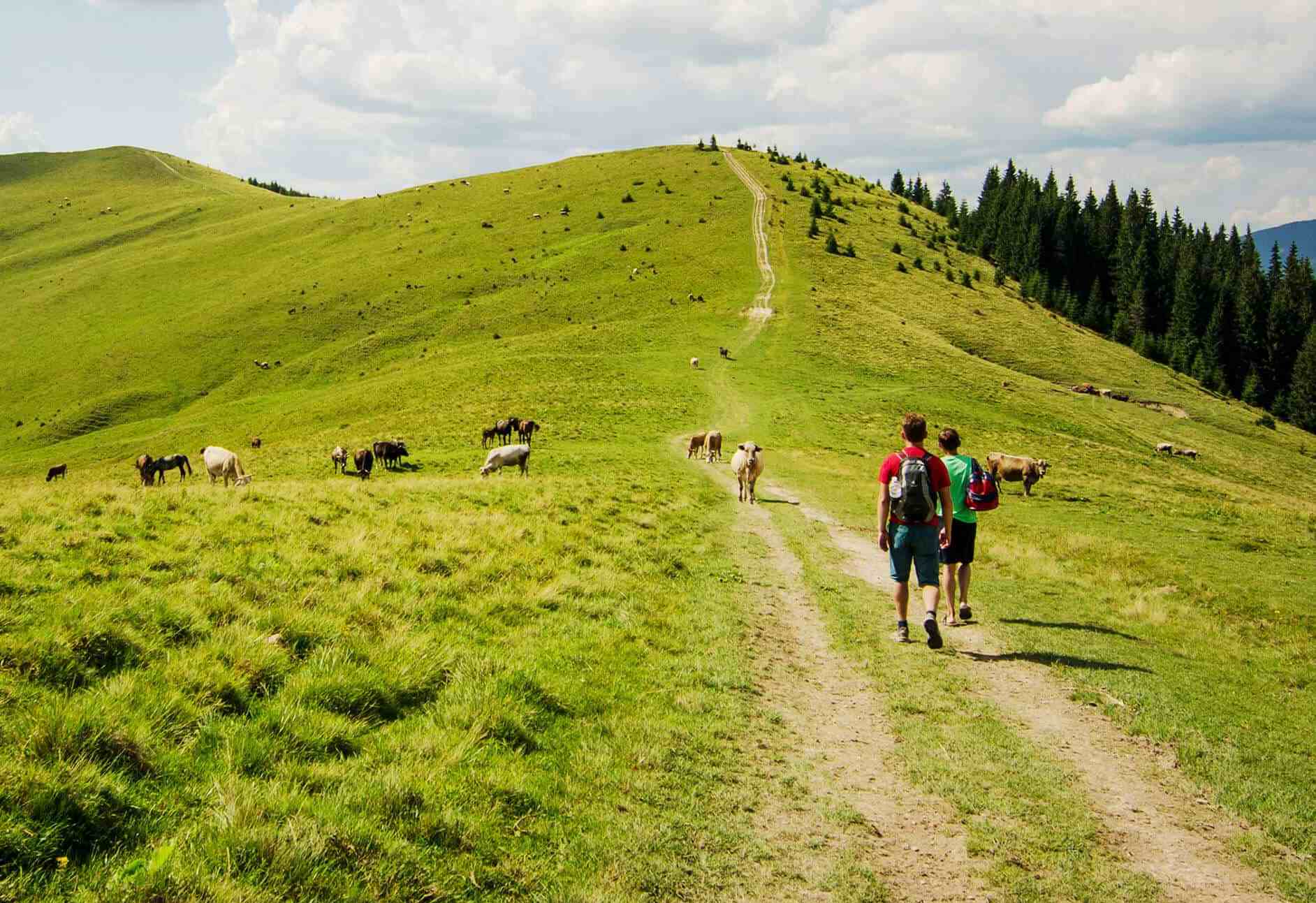Author John Brierley talks to us about the relationship of nature on modern-day pilgrimages.
The Camino de Santiago passes through a number of unspoiled natural landscapes. Every path connects to small villages or bigger towns and cities, but what is more impressive about it is the immense variety of countryside that you can find on the Camino. The mountainous regions, open fields, open Meseta, vineyards, the Rias, rivers…There’s a wonderful variety of natural landscapes perfect to find your inner peace and reconnect with nature.
In this interview, John Brierley responds to the following questions:
- 00:24 – It is summer, the flowers are blooming this makes us think about nature and the Camino de Santiago. What the theme of nature and pilgrimages brings to you?
- 04:21 – What do you think would be the proportion of unspoken nature compared to more farmland Which I think it’s maybe a bit more of a majority.
- 07:02 – How would you weigh the natural value of the various routes of the Camino with national parks, that people may have discovered at the weekends and so on?
- 11:34 – What would be a great memory you had with fauna or flora on the Camino? Is there an image or picture, a moment that you can share with us?
Q&A section:
- 13:47 Considering your experience in the Camino, What do you think makes the Camino different from other trip or vacation?
- 15:39 Is the Camino safe to go now due to the COVID-19?
- 17:13 What’s the best location from which you recommend I should start the Camino?







